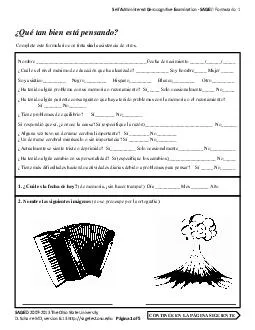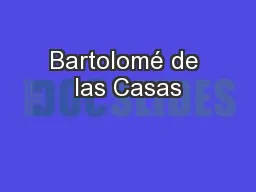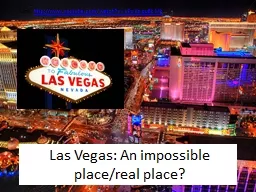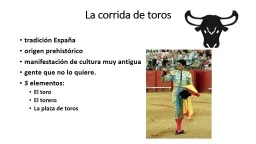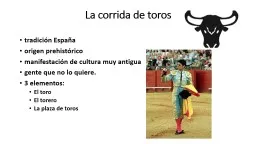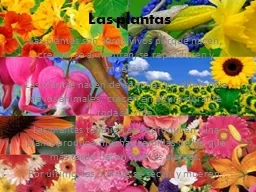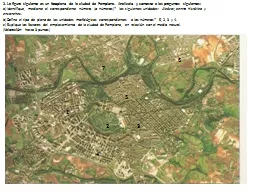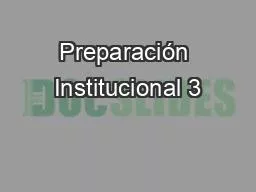PPT-Responda a las siguientes
Author : spottletoefacebook | Published Date : 2020-08-28
con verdad o falso The capital city of La República Dominicana is the oldest in the new world La Habana The Cuban Son was heavily influenced
Presentation Embed Code
Download Presentation
Download Presentation The PPT/PDF document "Responda a las siguientes" is the property of its rightful owner. Permission is granted to download and print the materials on this website for personal, non-commercial use only, and to display it on your personal computer provided you do not modify the materials and that you retain all copyright notices contained in the materials. By downloading content from our website, you accept the terms of this agreement.
Responda a las siguientes: Transcript
Download Rules Of Document
"Responda a las siguientes"The content belongs to its owner. You may download and print it for personal use, without modification, and keep all copyright notices. By downloading, you agree to these terms.
Related Documents




